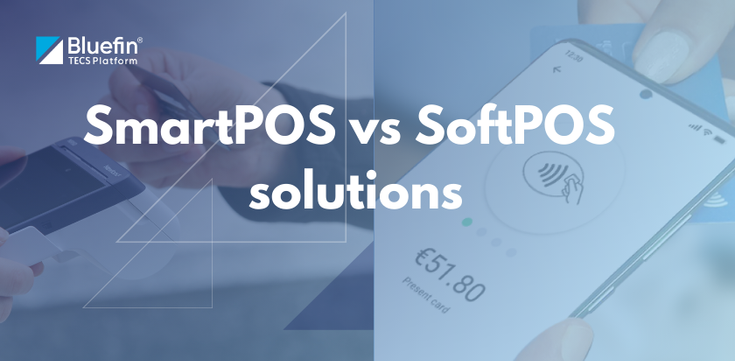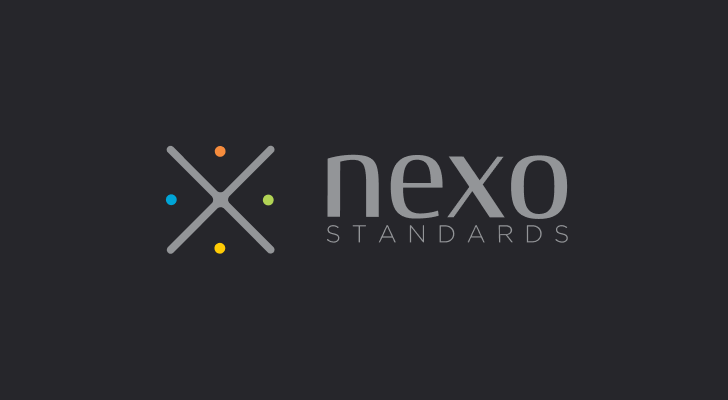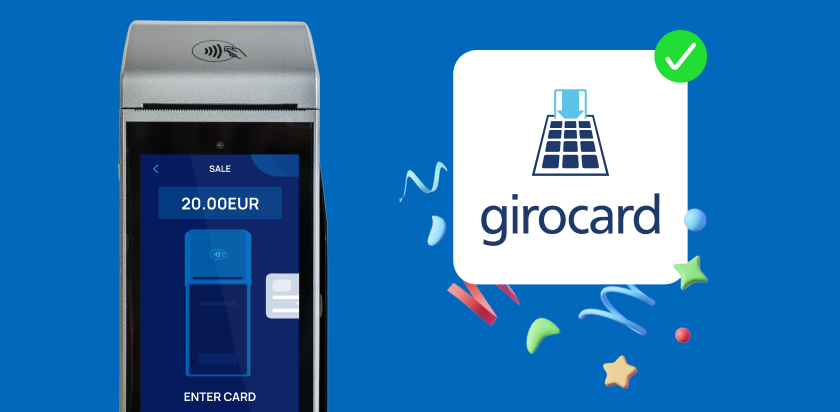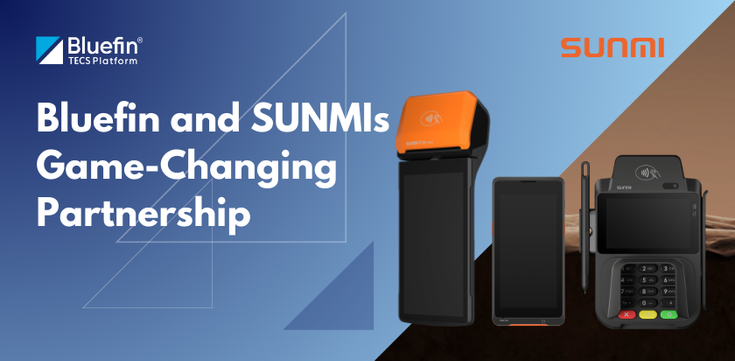8 Key Differences between SmartPOS and SoftPOS Solutions
 In the dynamic world of modern commerce, payment solutions have undergone significant transformations. Traditional point-of-sale systems have evolved into more sophisticated options, including SmartPOS and SoftPOS solutions. For merchants seeking to upgrade their payment infrastructure, understanding the differences between these two options is crucial. Here, we will explore the eight main distinctions between SmartPOS and SoftPOS solutions from a merchant's perspective.
In the dynamic world of modern commerce, payment solutions have undergone significant transformations. Traditional point-of-sale systems have evolved into more sophisticated options, including SmartPOS and SoftPOS solutions. For merchants seeking to upgrade their payment infrastructure, understanding the differences between these two options is crucial. Here, we will explore the eight main distinctions between SmartPOS and SoftPOS solutions from a merchant's perspective.
1. Hardware Requirements:
SmartPOS: SmartPOS solutions typically require a dedicated hardware environment, which includes a payment application equipped with advanced functionalities and certain software restrictions (device hardening). These devices usually integrate features like touchscreens, card readers, barcode scanners, and receipt printers. So, multi-use options are given as long as the payment service provider allows the distribution of 3rd party apps for additional integrations like loyalty apps, inventory, etc.
SoftPOS: In contrast, SoftPOS solutions use existing hardware such as smartphones or tablets, which are converted into POS systems by software applications. On the one hand, this eliminates the need for additional special devices; on the other hand, it increases the risk of hardware failures. After all, a wide variety of devices and operating systems can be used. No one can ever subject this number of variants to significant stability tests.
2. Deployment and Installation:
SmartPOS: The deployment of a SmartPOS solution includes the preliminary configuration of the corresponding payment device, the payment application and the final tests, which is done by the service provider. Installation usually involves connecting the peripherals, configuring the system, and ensuring compatibility with the existing infrastructure. The system is handed over to the merchant as a fully operational payment solution.
SoftPOS: SoftPOS solutions offer a manual installation process. Dealers can download the appropriate software application from an app store, install it on their existing equipment and follow the setup instructions. The analysis is usually done by the merchant, but depending on the service provider, this can also be a time-consuming affair.
3. Mobility and Flexibility:
SmartPOS: SmartPOS devices can perform a variety of additional tasks with hardware-based extensions. E.g. the addition of receipt printers, 2D scanners, batteries and charging stations for an entire workday. Depending on the accessories, however, the devices may become heavier and somewhat clunkier.
SoftPOS: SoftPOS solutions offer greater flexibility because they can be brought in by the employee (BYOD). In return, you might have to deal with the peripherals additionally or have them provided by the merchant.
4. Payment Acceptance:
SmartPOS: SmartPOS solutions typically support a common range of payment methods, including credit and debit cards, contactless & smart payments, mobile wallets and closed loop payments as well. These systems can also provide additional functionality such as cash management, inventory tracking, and customer management.
SoftPOS: These solutions offer similar payment acceptance capabilities as SmartPOS solutions. Merchants can accept card payments, contactless transactions and mobile wallet payments using only NFC capabilities of the device. Chip & pin payments are not possible with these. Acceptance of loyalty cards is severely limited and usually only possible via manual input or using the built-in camera. The additional functions can vary depending on the software application.
5. Integration with Business Systems:
SmartPOS: As dedicated hardware systems, SmartPOS solutions integrate seamlessly with existing business systems. They often offer compatibility with inventory management software, CRM or loyalty solutions, access control or time and attendance systems, streamlining business processes.
SoftPOS: Integration capabilities with SoftPOS solutions vary depending on the software and its features. Some SoftPOS applications offer APIs that enable integration with select business systems, while others offer limited integration capabilities.
6. Security Features:
SmartPOS: SmartPOS devices are equipped with robust security features, including validated point-to-point encryption (P2PE), tamper detection, and secure data transfer protocols. These systems meet strict security standards and ensure the protection of sensitive customer data, following all national and international security requirements!
SoftPOS: SoftPOS solutions also emphasize security, but the payment service provider can only protect the payment app, control over the underlying device and its security is limited, e.g. to encryption by the smartphone or tablet. The merchants themselves must ensure that their devices have the necessary security features and keep them up to date.
7. Cost Considerations:
SmartPOS: SmartPOS solutions often involve higher upfront costs because they require specialized hardware. Merchants must invest in purchasing or leasing the equipment, along with associated maintenance, support fees and potential transaction fees. Integration into ECR / POS Software increases convenience but causes one-off costs as well.
SoftPOS: SoftPOS solutions are generally less expensive because they use standard equipment. Merchants primarily incur costs for software licensing, transaction fees, and optional peripherals they wish to connect. The ongoing administration effort by the merchant is higher, here additional time has to be included in the organization, device updates, audits, monitoring etc.
8. Scalability and Future-Proofing:
SmartPOS: SmartPOS systems were designed with scalability in mind, allowing merchants to expand their operations without major limitations. They offer room for growth and can adapt to changing business requirements over time. This is done either through updates to the payment application or newly provided apps that fully support the needs of the merchants.
SoftPOS: SoftPOS solutions also offer scalability, but this can depend on the capabilities of the underlying device and software application. Retailers need to consider the long-term viability of their chosen SoftPOS solution as newer device models come to market.
Conclusion:
Both SmartPOS and SoftPOS solutions have their own advantages. SmartPOS offers robust hardware, seamless integration and advanced features at a higher one-time investment. This pays off in shorter implementation times, higher standardization and easier monitoring, while SoftPOS offers flexibility and lower initial investment. Retailers need to carefully consider their specific requirements, unique needs, budget and long-term business goals before deciding on the best solution. Whether it’s the reliability and tamper-resistance of dedicated hardware or the convenience of purely software-based solutions, adopting advanced payment technologies is a critical step to staying ahead in today’s competitive marketplace. Bluefin recently announced the availability of PCI validated P2PE SmartPOS payment devices for global customers on Bluefin’s TECS payment platform, and initially includes SmartPOS Android devices manufactured by Newland and Sunmi.
To read more about payment and data security, check out Bluefin’s blog and news section https://www.bluefin.com/news/






